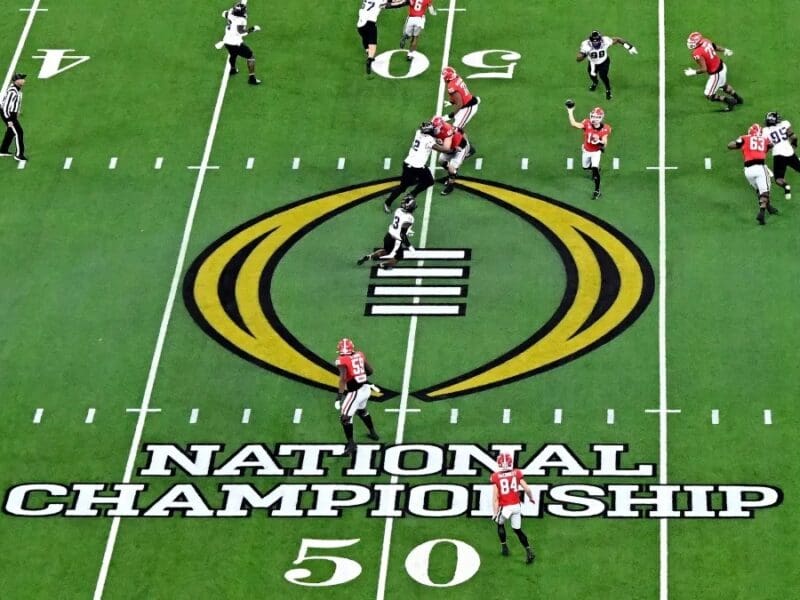
A Beginner’s Guide to Reading and Deciphering Sports Betting Odds and Lines
Decoding the Cryptic Language of Betting Lines
The world of sports betting can seem intensely confusing at first glance. Between all the numbers, odds, lines, spreads, and other terminology, it looks like some kind of cryptic code. However, sports betting odds and lines aren’t as complicated as they appear. With some key definitions in your back pocket, you’ll be interpreting betting lines like a pro in no time.
How Betting Lines and Odds Work
Before diving into Stake specifics, it’s important to understand the basics of how betting lines and odds work. Sportsbooks create betting lines ahead of competitions to set early expectations. These lines also encourage balanced betting action on both sides. If more money comes in on one side, the line will adjust to sway action back toward equilibrium.
As a bettor, you’ll generally see odds in the American format (e.g. -110) or Decimal format (e.g. 2.20). American odds show how much you stand to profit on a $100 bet, while Decimal odds represent the payout multiplier on a winning bet. Now let’s explore key line types and terminology.
Spreads and Totals Explained
The most common lines are point spreads and game totals, also called over/unders. Here’s how they work:
Point Spreads
Point spreads set a margin of victory one team must achieve to “cover the spread.” The favorite has a negative spread (e.g. -7) and must win by over that margin. The underdog gets a positive spread (e.g. +7) and can cover by losing within that margin or winning the game outright.
Example:
- New England Patriots -7 (-110)
- Miami Dolphins +7 (-110)
Here the Patriots are -7 point favorites. They must win by over 7 points to cover. Miami getting +7 can cover by losing within 7 or winning. The -110 odds mean both sides would profit $100 on $110 wagers if they cover the spread.
Totals (Over/Unders)
Also called game totals, these lines set a projected total combined score over or under which bettors can wager. Sportsbooks project a number based on their expectations, then you decide whether to bet the over or under on that figure. Higher scoring games tend to attract more casual “over” bets.
Example:
Total Points Scored
- Over 49 (-110)
- Under 49 (-110)
Here the projected total score is 49 points. Bet $110 on the over to profit $100 if the total score goes over 49. Bet $110 on the under to profit $100 if the final combined score stays under 49.
Additional Bet Types
While spreads and totals make up most bets, here are some other common wager types:
Moneylines
Moneylines are simple odds on each team to win the Slotspeak game outright, disregarding any point spreads. Favorites have negative odds, underdogs positive. Heavy favorites often have very low payouts.
Example:
- Dallas Cowboys -400
- New York Giants +550
The Cowboys are -400 favorites, meaning a $400 bet profits $100. The +550 underdog Giants would pay out $550 on a $100 wager if they win.
Parlays
Parlays involve multiple bets on one wager at higher payouts. You might bet on the spread and total in one game combined. All legs must hit to cash the parlay ticket.
Live Betting
Lines and odds adjust in real-time during gameplay on each new development. Bettors can wager between plays along with the action.
Prop Bets
Prop bets are on outcomes other than the final score, like player performance “props” or event “props” like coin flip results. Popular for big events.
Key Terminology Cheat Sheet
| Term | Definition |
| Spread | Predicted point differential margin. |
| Total | Projected combined score over/under. |
| Juice | The commission or “vig” charged by sportsbooks, usually around 10%. This is how they profit. |
| Cover | When a team beats the spread margin. |
| Push | When a spread or total lands exactly on the line number for a tie wager. |
| Hedging Bets | Placing wagers to reduce potential losses on other bets. |
| Middle | When lines move, betting both sides at different numbers to profit either way. |
| Bad Beat | Painful loss on a game that appeared won until a last-second change. |
| Backdoor Cover | When the underdog team covers a spread by scoring meaningless points as time expires. |
With an understanding of these key terms and line types, you should now feel comfortable navigating sportsbooks and interpreting the various numbers and odds you’ll encounter. It just takes some practice placing a few wagers to become fluent in “sports betting speak.” Before you know it, concepts like spreads, juice, middling, bad beats, and backdoor covers will become second nature. So study up and good luck! The world of sports betting is now your oyster.







